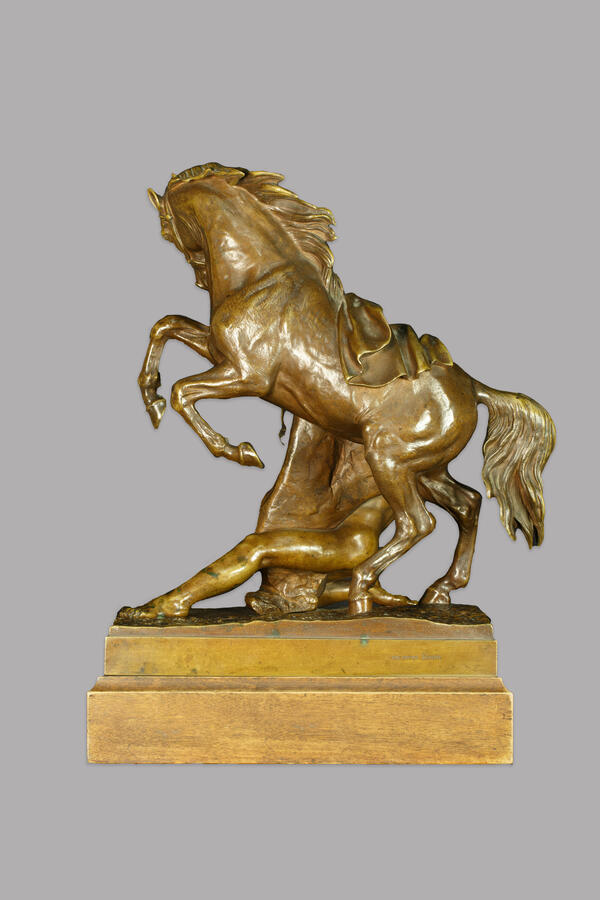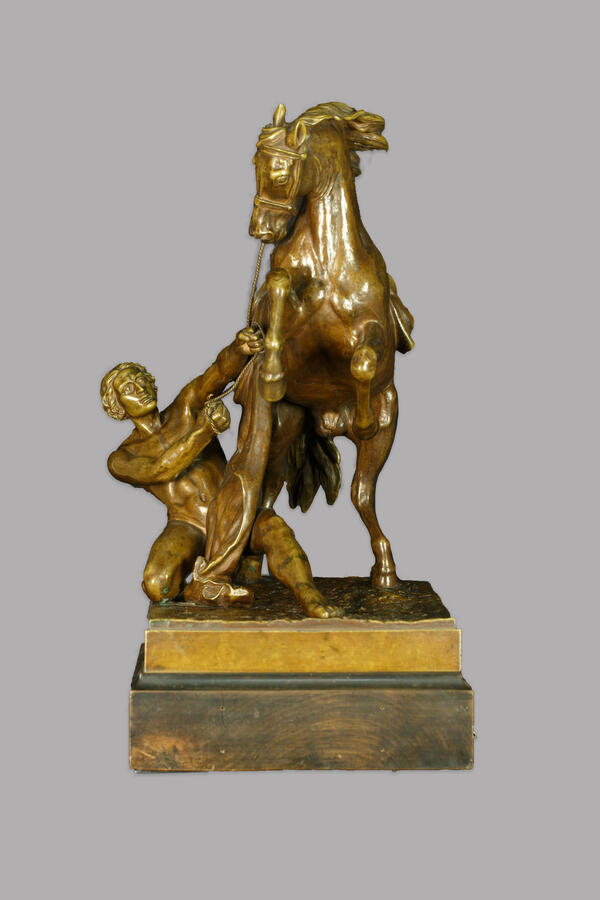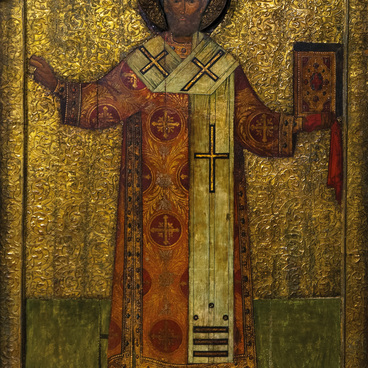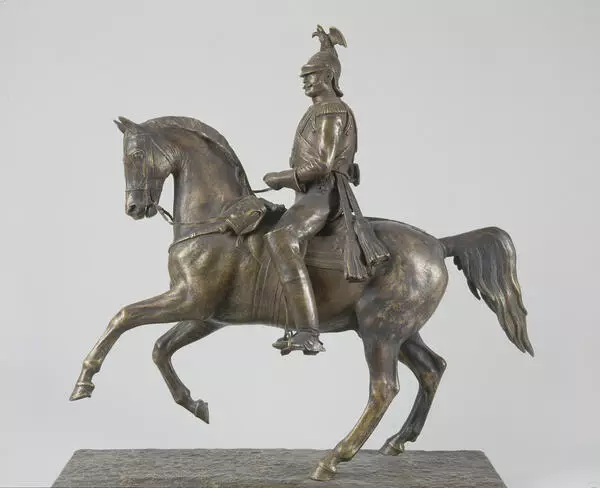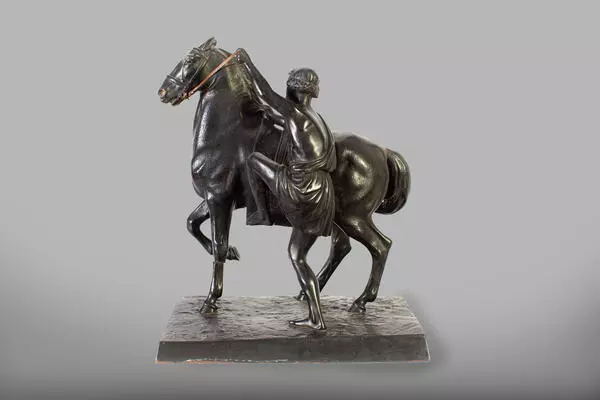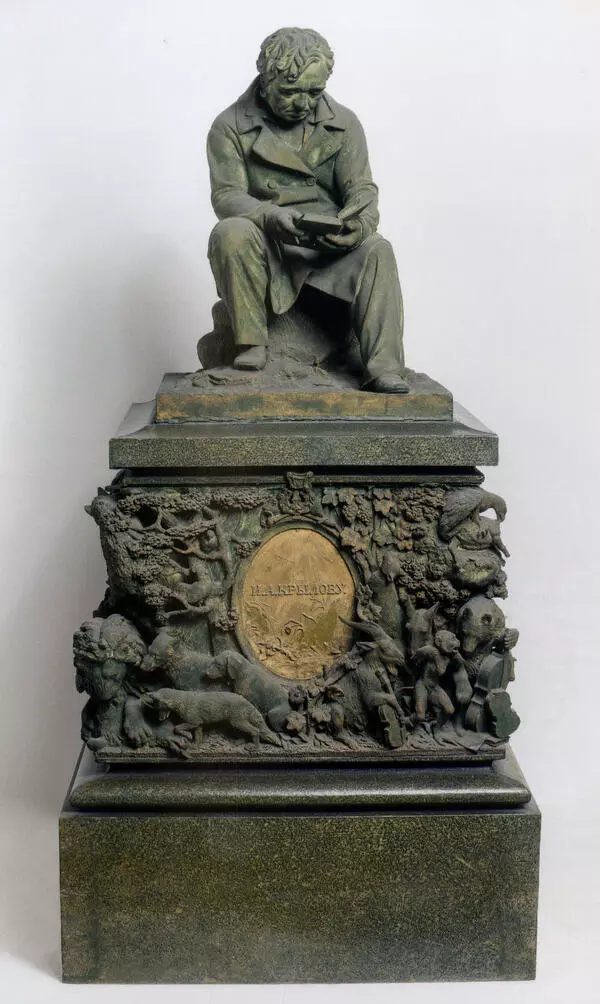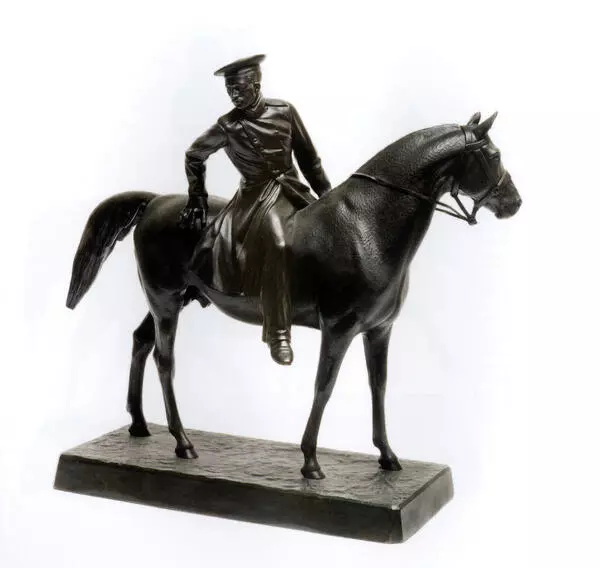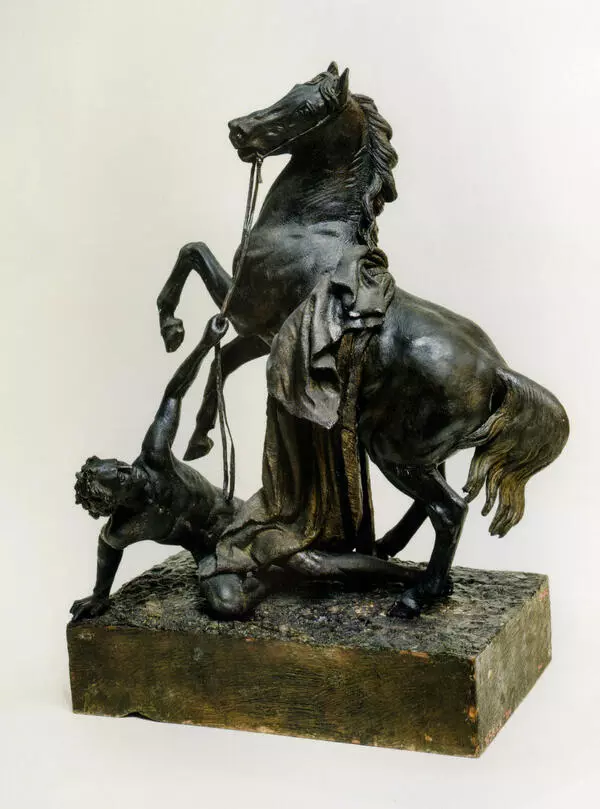Pyotr Karlovich Klodt (Baron Peter Jakob Clodt von Jürgensburg) was an outstanding Russian sculptor who created a number of famous monuments. He became known all over Europe for the ensemble “Horse Tamers” for the Anichkov Bridge in St. Petersburg, created in 1833–1850.
All four sculptural groups are united by the theme of man’s victory over the elements of nature, which is personified by the image of a wild horse. The way the sculptor approached the composition and design of each group helped to reveal the phases of the confrontation and the victory of a strong and courageous man over a wild stallion.
In the first group, the tamer puts a lot of effort into restraining the horse. In the second, he puts it down with a mighty motion of his hands. In the third, the fight reaches its peak. In the fourth, the tamer, falling on one knee, grabs the horse and overpowers the animal. There is a curious detail: the horses of the statues facing the Admiralty are shod, but the ones looking towards Vosstaniya Square (Uprising Square) are not. The explanation is simple: foundries and blacksmiths were located on Liteyny Avenue (Metal-Casting Avenue).
The famous “Klodt’s Horses” can be seen not only on the Anichkov Bridge. Pyotr Karlovich also cast such sculptures, some of which were sent to different parts of the world. For example, there are copies in Kuzminki near Moscow, in Berlin, and on the territory of the royal palace in Naples.
The Kaluga Museum of Fine Arts houses sculptural compositions cast in bronze from the stucco molds of Klodt for two groups of the “Horse Tamers”. The molds were at the Imperial Academy of Arts. Compared to the final compositions, the Kaluga models have some unique features: in one of the groups the position of the tamer’s hand is different (the hand holding the end of the bridle is placed the thigh). The other group also deviates from the final version: the position of the front legs of the horse slightly differ, the coachman and the horse turn towards each other in a greater angle, and some details of the horse’s mane were dissimilar.
Pyotr Karlovich’s stucco molds immortalized in bronze are of great interest, as they show the sculptor’s work on the image and his search for the most expressive position of the figures of the horse and the tamer, a strict balance of shapes and smooth silhouettes characteristic of Classicism.


